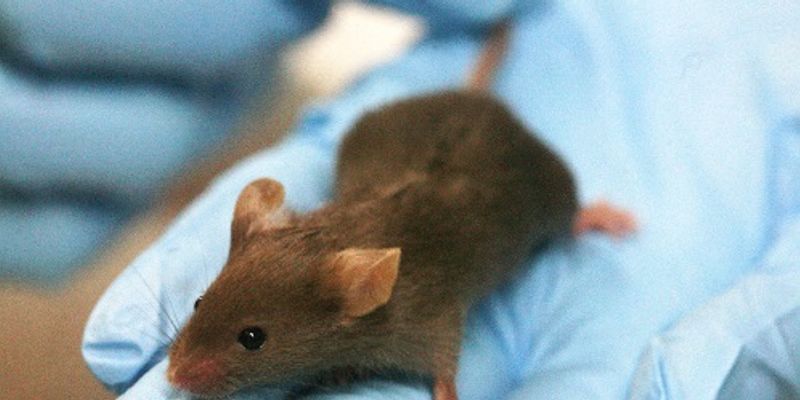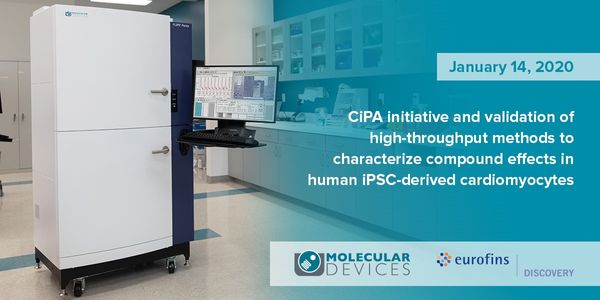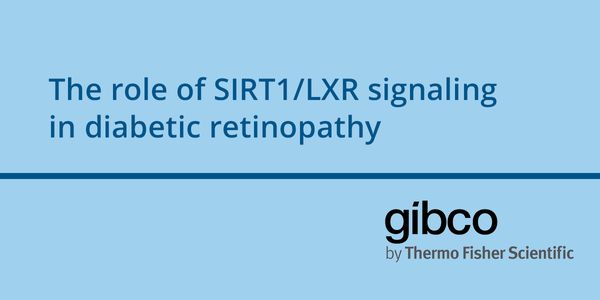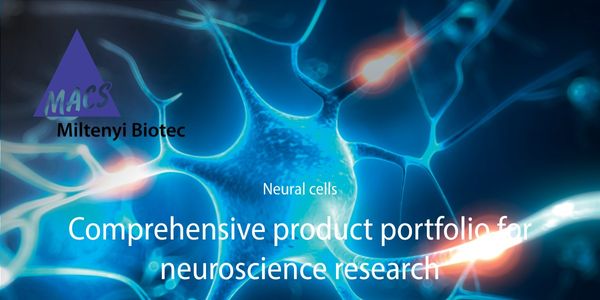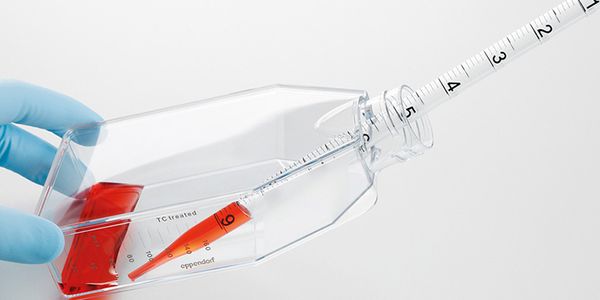Disease Modeling
Disease modeling is the use of a disease model, which is an animal or cells containing all or some of the pathological characteristics and mechanisms of a disease, to study that particular disease.
-
Identifying the diversity of neuronal cell types of the nervous system is one of the main objectives of the BRAIN Initiative, with the vision that distinct neuronal identities will allow for...Speaker: Giorgio Ascoli, PhD , Hong-Wei Dong, MD, PhD , Byungkook Lim, PhDPresented at: Neuroscience Virtual Event Series 2020
Learning is often an emotional process. Emotional stimuli with different valences, such as threat and reward, can transform an otherwise neutral sensory input into one that can trigger disti...
The accumulation of neurotoxic amyloid beta peptides and/or neurofibrillary tangle formation are key pathological hallmarks of neurodegenerative diseases including but not limited to Alzheim...
Speaker:
Michael Heneka, PhD
Although neuroscience has provided a great deal of information about how neurons work, the fundamental question of how neurons function together in a network to produce cognition has been di...
Speaker:
György Buzsáki, PhD
, Attila Losonczy
, Mark Schnitzer
, Ivan Soltesz
Presented at: Neuroscience Virtual Event Series 2020
FEB 26, 2020 | 9:00 AM
DATE: February 26, 2020 TIME: 9:00am PST 3D cell culture and analysis and the study of organoids and spheroids are becoming more prevalent as a research method in publications as traditional...
The compendium of newly emerging and currently available hemophilia and anticoagulant treatments, while offering new choices for improved patient care, can create significant levels of inter...
Speaker:
Donna Castellone, MS, MASCP, MT(ASCP) SH
JAN 30, 2020 | 9:00 AM
DATE: January 30, 2020 TIME: 9:00am PST, 12:00pm EST Recent advances in in vitro 3D cellular culture technologies, such as organoids, rapidly developed and established novel, more physiologi...
JAN 14, 2020 | 8:00 AM
DATE: January 14, 2019 TIME: 8:00am PST Drug-induced QT interval prolongation and Torsades de Pointes (TdP) arrhythmias are the leading causes for drug withdrawals from market and compound a...
Speaker:
Muthukrishnan Renganathan, PhD
, Panida Lertkiatmongkol, PhD
, Oksana Sirenko, PhD
, Carole Crittenden
Sponsored By: Molecular Devices,
Eurofins Discovery
“The poor translatability of early-stage preclinical models is a major setback in oncology drug development. Immortalized cell lines, that are extensively used in drug screens, undergo...
Learning Objectives: 1. Describe the exposure response relationships with vancomycin and acute kidney injury 2. Define biomarkers that may be useful to improve Precision Dosing...
Speaker:
Marc Scheetz, PharmD, MSc, FCCP, FCP
Presented at: Drug Discovery & Development Virtual Event Series 2020
Microphysiological systems (MPS), also known as organ-on-chips, are small scale in vitro cell cultures which mimic facets of tissue or organ level function. MPS frequently utilise primary hu...
Speaker:
Tomasz Kostrzewski, PhD
Presented at: Drug Discovery & Development Virtual Event Series 2020
